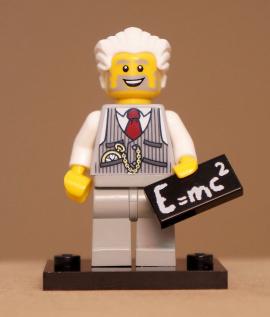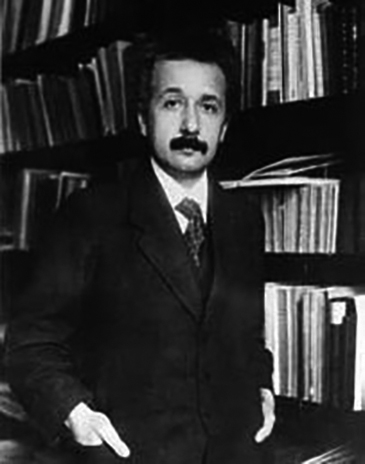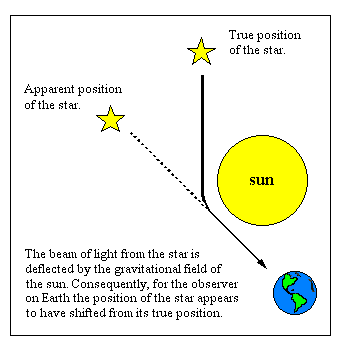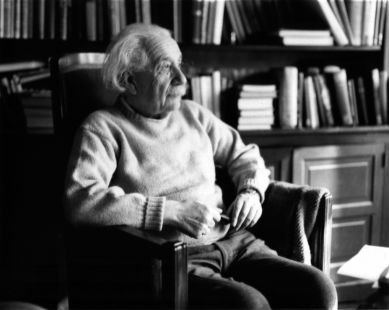“Let me tell you what I look like: pale face, long hair, and a tiny beginning of a paunch.
In addition, an awkward gait, and a cigar in the mouth …”
Albert Einstein, 1920
BIOGRAPHY
Albert Einstein was born as the first child of the Jewish couple Hermann and Pauline Einstein, nee Koch, in Ulm on March 14, 1879. When Albert’s grandmother saw him for the first time she is said to have cried continuously: “Much too thick! Much too thick!” But despite all fear the development of young Albert was a normal one. In November 1881 Albert’s sister Maria – called Maja – was born.
A short time later the Einstein family went to Munich where Albert first attended elementary school and subsequently Luitpold grammar school. He was an “average” pupil but already very early interested in science and mathematics. He did not like lessons in grammar school as they were held with strict discipline and as he was forced to learn. When he turned 15 he left school without any degree and followed his family to Milan. To make up for the missed degree he attended school in Aarau (Switzerland) from 1895 to 1896 when he successfully took his A-levels and began to study in Zurich. His ambition was to obtain the diploma of a subject teacher for mathematics and physics. He successfully finished his studies in July 1900.
He moved to Bern and was given work at the Patent Office. In his leisure time he worked in the area of theoretical physics. In 1905 he published several of his important scientific works. One of them deals with the ground-breaking special theory of relativity. Another work contains the most famous formula of the world “E = m · c2“. This formula states that matter can be converted into energy.


In this mathematical equation, E stands for energy, m for mass and c for the speed of the light in a vacuum (ca. 300,000 km/s).
In 1903 he married his college mate Mileva Maric. One year later Einstein’s first son, Hans Albert, was born and his second son Eduard followed in 1910. In 1909 he became professor for theoretical physics at the University of Zurich. After that time he was given a professorship in Prague and then again in Zurich. In 1914 Einstein was called to Berlin to work there scientifically. In the same year World War I broke out.


After Einstein had separated from his wife Mileva he married his cousin Elsa Löwenthal in 1919. From 1909 to 1916 Albert Einstein worked on a generalisation of the special theory of relativity, the general theory of relativity. After this theory was proven right in an experiment in 1919 (deflection of light by the sun’s gravitational field) Einstein became famous over night. He received invitations and honours from all over the world. There was hardly any magazine which did not report about him and praise his work to the skies. For the year 1921 he received the Nobel Prize for Physics.
When the 12-year-old Eduard asked his father why he was so famous he got the answer:
“When a blind beetle crawls over the surface of a curved branch, it doesn’t notice that the track it has covered is indeed curved. I was lucky enough to notice what the beetle didn’t notice.”
quoted in Max Flückiger, Albert Einstein in Bern, Bern 1974
Through the political situation in Nazi Germany Einstein left the country in December 1932 and never again entered German ground. From 1933 Einstein and his family lived in Princeton, USA. At the “Institute for Advanced Study” he found ideal working conditions. In December 1936 Einstein’s wife Elsa died. In 1939 World War II broke out. Because of his fear that Germany was working on atomic bombs he wrote a letter to Franklin D. Roosevelt, the president of the United States of America, to tell him about the possibility of atomic weapons. In 1946 he proposed a world government in which he saw the only way to achieve continuous peace.

Einstein spent the last years of his life reclusively in Princeton. Until his last breath he worked on a new theory, the unified field theory, which however was not successful. Albert Einstein died on April 18, 1955. He was 76 years old.

Illustrations Credits:
FamousBrick, Lindau (Bodensee): 1
ETH-Bibliothek, Zurich: 2
Archive of the author: 3
Albert Einstein-Society, Bern: 4
Bibliography:
| Albrecht Fölsing | Albert Einstein | Frankfurt on the Main 1993 |
| Philipp Frank | Einstein. Sein Leben und seine Zeit | Munich 1949 |


 DEUTSCH
DEUTSCH